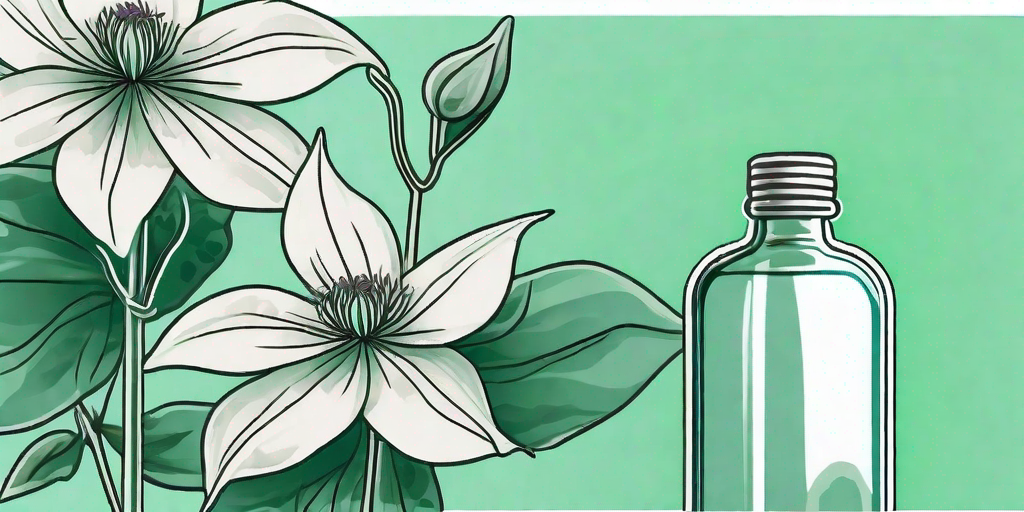
Clematis wilt is a common problem that gardeners face. This pesky disease can turn your beautiful, vibrant clematis into a wilted, lifeless mess. But fear not, dear gardener, for we have the ultimate solution to this green-thumbed nightmare. So, put on your gardening gloves, grab your trusty trowel, and let's dive into the world of clematis wilt.
Understanding Clematis Wilt
Before we can tackle the problem, we need to understand it. Clematis wilt, also known as clematis leaf and stem wilt, is a fungal disease that can cause your clematis to suddenly wilt and die. It's like the boogeyman of the gardening world, sneaking up on your plants when you least expect it.
Now, you might be thinking, "But I water my clematis regularly and give it plenty of sunlight. Why is it still wilting?" Well, dear reader, clematis wilt is a sneaky little devil. It can strike even the healthiest of plants, leaving you scratching your head in confusion.
But don't despair! With the right knowledge and tools, you can banish clematis wilt from your garden for good. So, let's roll up our sleeves and get to work.
The Ultimate Solution to Clematis Wilt
Step 1: Identify the Problem
The first step in any battle is to identify the enemy. In this case, the enemy is clematis wilt. But how do you know if your clematis is suffering from this disease? Here are some signs to look out for:
- Wilting leaves and stems
- Brown or black discoloration on the leaves and stems
- A sudden collapse of the plant
If your clematis is showing any of these signs, it's time to take action.
Step 2: Prune the Affected Areas
The next step is to prune the affected areas. This might seem like a drastic measure, but trust us, it's necessary. By removing the diseased parts of the plant, you can prevent the disease from spreading to the rest of the plant.
So, grab your pruning shears and get to work. But remember, always disinfect your shears before and after pruning to prevent the spread of the disease.
Step 3: Treat the Plant
After pruning, it's time to treat the plant. There are several fungicides available on the market that can help treat clematis wilt. Apply the fungicide according to the instructions on the package, and make sure to cover the entire plant, especially the pruned areas.
Remember, consistency is key. Continue to apply the fungicide as directed until the plant shows signs of recovery.
Preventing Clematis Wilt
Now that you know how to treat clematis wilt, let's talk about prevention. After all, prevention is better than cure, right?
Here are some tips to prevent clematis wilt:
- Plant your clematis in a well-drained area. Clematis wilt thrives in wet, poorly drained soil.
- Water your clematis regularly, but avoid overwatering. Too much water can lead to root rot, which can make your clematis more susceptible to wilt.
- Keep an eye on your plant. Regularly check your clematis for signs of wilt and take action immediately if you notice anything amiss.
FAQs
Can clematis recover from wilt?
Yes, with proper care and treatment, a clematis can recover from wilt. However, it's important to catch the disease early and take immediate action.
How often should I apply fungicide to my clematis?
The frequency of application depends on the specific fungicide you're using. Always follow the instructions on the package for best results.
Can I prevent clematis wilt?
Absolutely! By following the prevention tips provided in this guide, you can significantly reduce the chances of your clematis contracting wilt.
So there you have it, the ultimate solution to clematis wilt. With these tips and tricks, you can say goodbye to wilted clematis and hello to a vibrant, healthy garden. Now, go forth and conquer that pesky clematis wilt!















